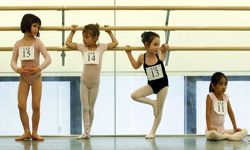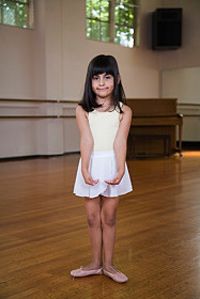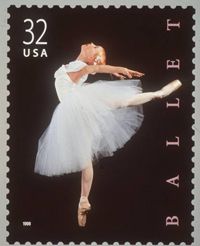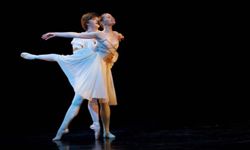Whether they're twirling, leaping, bending, gliding or nearly flying through the air, accomplished ballet dancers make their graceful feats look effortless.
When ballet dancers are at their best, their audience probably doesn't wonder how they got their bodies into those positions. The viewers don't think about how difficult it must be to stay (literally) on one's toes for so long. They don't marvel at this turn or that bend. In other words, they don't dwell on the details: They get caught up in the magic as the dancers seem to defy gravity and the limitations of human anatomy, all for their art. The ballet -- the theater, the story, the passion, the dance -- is what matters.
Advertisement
However, the dancers know that centuries of tradition and years of personal hard work have combined to create that magic.
Classical ballet traces its roots to 15th century Renaissance Italy [source: World Book]. It flourished in France in the 16th and 17th centuries, and soon spread to Russia and the United States.
Throughout its development, classical ballet has relied on some basic positions and movements. Aspiring serious dancers -- often as young as 8 -- must practice, practice, practice those positions and movements for years before they achieve that aura of effortless beauty.
As dancers learn the ropes, teachers and students alike use terms that have come down through the centuries. Those terms form the language of ballet. Read on for a sample of the most important terms in that classical language.




